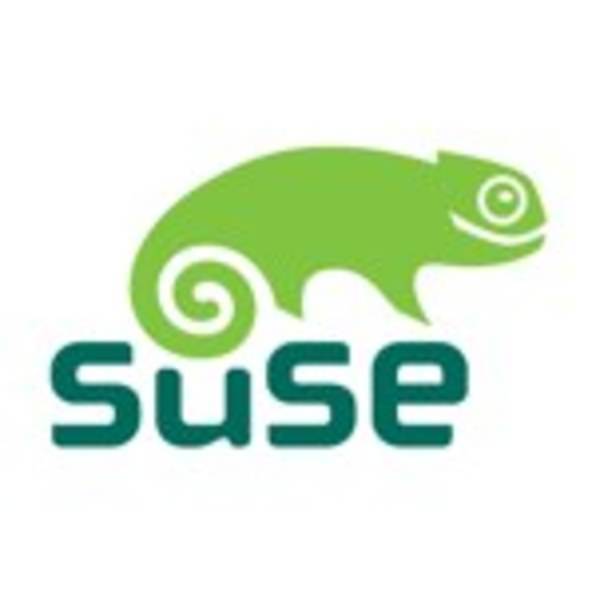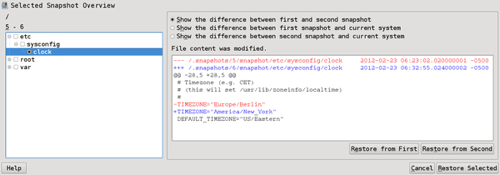Service packs for enterprise Linux distributions are typically pretty conservative affairs that are only noteworthy for the bugs that they fix. SUSE is bucking that trend with the second service pack for SUSE Linux Enterprise Server (SLES) 11, by adding new features and providing customers with the 3.0 Linux kernel released last year.

SLES 11 SP2 comes with a few new tricks besides the new kernel. Customers will get a new version of Samba, for example. Most notable is the supported inclusion of the Btrfs filesystem and tools to manage snapshots. Snapper, a GUI or CLI tool to manage the snapshots, integrates with SUSE’s Zypper and YaST management tools to allow roll back system updates.
The move to the 3.0 kernel probably sounds more drastic than it is. SUSE’s director of product management, Gerald Pfeifer, says that customers “shouldn’t have any problems” with the move to 3.0. “Before doing this, we discussed it with all major hardware vendors and with many of the big software vendors… we didn’t see any problems.”
The 3.0 kernel shouldn’t pose problems for most systems that were running SLES 11 SP1, but a handful of applications will encounter some problems. Some applications that literally check for the 2.6 kernel string, however, may fail when moved to a system with the 3.0 kernel. This may include some SAP applications.
For customers that really need to remain on the 2.6 kernel or prior service packs, Pfeifer says that SUSE has support options to keep them on older releases for a longer time. Customers have a transition of about six months to move to the new service pack while retaining support for SLES 11 SP1.
Btrfs Inclusion
The inclusion of Btrfs as a supported filesystem is an interesting choice, but SUSE has historically been a bit outside the box in filesystem choices. SUSE offered ReiserFS as its default for years, though it was never really embraced by the larger community.
Btrfs has not been widely embraced even in community Linux distributions. Fedora has planned to default to Btrfs for several release cycles, but the feature has been repeatedly dropped due to a lack of a filesystem checker (fsck). Pfeifer has suggested that this is not really a necessity.

The features enabled by Btrfs are compelling, though. With Snapper, admins will be able to roll back system changes fairly easily – which means that if Btrfs performance and stability are on par with Ext, it will be a more interesting choice. Pfeifer says that customers will be able to migrate existing systems to Btrfs in place, and revert to the old state if they run into any problems.
Hints for SLES 12
Work is already in progress for SLES 12. While it’s too early to say exactly what that will contain, Pfeifer says that ARM support for servers seems likely. He didn’t say whether SUSE will continue supporting Itanium, but the fact that Red Hat has dropped support for Itanium doesn’t bode well for SUSE keeping it either.
You’ll note that SUSE has said very little about SLED with the announcement of SP2. Pfeifer says that they are also updating SLED and customers will get the same features as SLES plus new versions of LibreOffice and Firefox, but it’s pretty clear that there’s little focus on the desktop product these days.
What’s really important about SLES 11 SP2 is that it illustrates the trend of enterprise customers to be willing to adopt software at a much faster pace. It would have been almost heretical to suggest putting a new kernel in a service pack just a few years ago. The fact that SUSE is willing to bundle so many new features in a service pack shows that customers are much less interested in new features than standing on ceremony.










